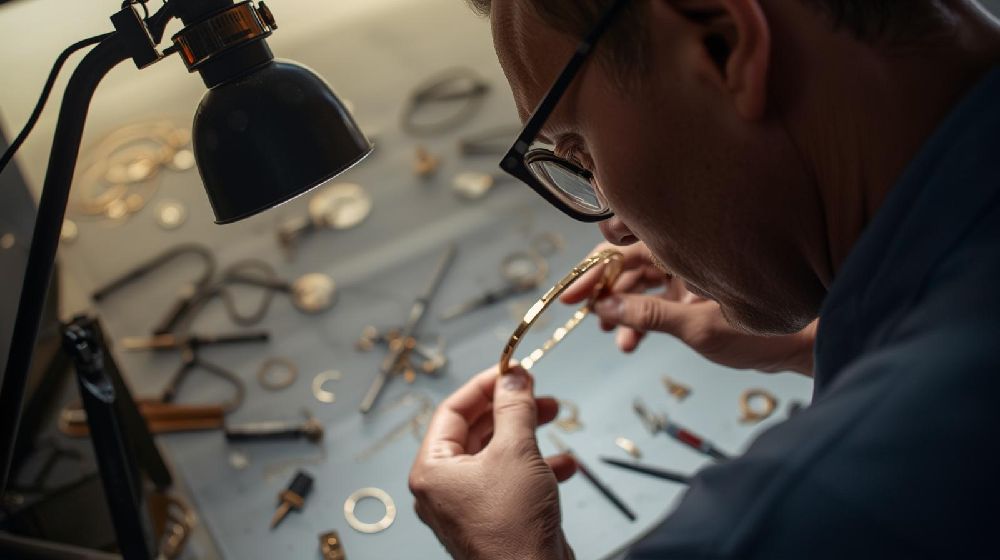
In the world of fine jewelry, perfection is not an act — it is a disciplined process. From mass-production units to luxury ateliers, the biggest challenge manufacturers face today is achieving unwavering consistency at scale. Customers expect every piece — whether it’s the first or the thousandth — to carry the same brilliance, weight, finish, and precision. This is where true mastery lies: transforming craftsmanship into a repeatable, measurable, and flawless art form.
1. Precision Begins With Digital Design
Consistency is born at the design table. Using advanced CAD modeling, manufacturers create digital blueprints with exact measurements, angles, and structural details. These files become the master templates, ensuring that every batch follows the same specifications.
This eliminates guesswork and guarantees that every piece begins its journey with identical foundations.
2. CNC and Laser: The Heart of Replicable Accuracy
Modern production relies heavily on CNC cutting, laser engraving, and laser welding to execute designs with micron-level accuracy. Machines follow programmed paths, eliminating variations that occur with manual tools.
This ensures uniform surface depths, perfect symmetry, and identical patterns — across hundreds or thousands of pieces.
3. Controlled Casting for Uniformity
Casting plays a crucial role in mass-scale production. By using temperature-controlled furnaces, vacuum casting machines, and premium alloy compositions, manufacturers maintain identical metal flow, density, and purity.
This technical precision ensures every piece comes out with consistent structure and durability, regardless of batch size.
4. Standardized Processes, Skilled Hands
Even with automation, human craftsmanship remains irreplaceable. Polishing, finishing, and assembly require trained artisans who follow standard operating procedures (SOPs) designed for uniform results.
These SOPs define everything — from polishing pressure to plating duration — allowing artisans to maintain consistent outcomes without losing the charm of hand-finishing.
5. Rigorous Quality Checks at Every Stage
Consistency doesn't depend on one final check — it depends on continuous monitoring.
Manufacturers implement:
-
Purity checks using XRF machines
-
Dimensional checks with digital calipers
-
Surface inspections under magnification
-
Stone-setting verification using microscopes
Every stage filters out deviations before they move ahead, ensuring only flawless pieces reach the final polishing table.
6. Data-Driven Manufacturing
Leading jewelry manufacturers today embrace smart production systems, where data helps track consistency.
Machines record performance, tools are monitored for wear, and production history ensures uniformity across batches.
This integration of analytics with craftsmanship creates a smooth, predictable, and scalable production flow.
7. The Human Element: Every Piece Carries a Signature of Care
Even though technology powers consistency, it is human dedication that perfects it. Artisans refine corners, smooth surfaces, and evaluate beauty in ways no machine can replicate.
Their expertise ensures that mass production never becomes emotionless — every piece still carries the warmth of skilled hands.
Conclusion: Consistency Is the True Benchmark of Excellence
In jewelry manufacturing, producing one beautiful piece is achievement — but producing thousands with identical perfection is art. It requires a seamless blend of engineering, technology, skilled craftsmanship, and uncompromising quality standards.
This is the philosophy I believe in: Perfection is not a moment; it is a system.
And when executed with precision, it is what elevates jewelry from simple adornment to a timeless experience — consistent, reliable, and always exquisite.


